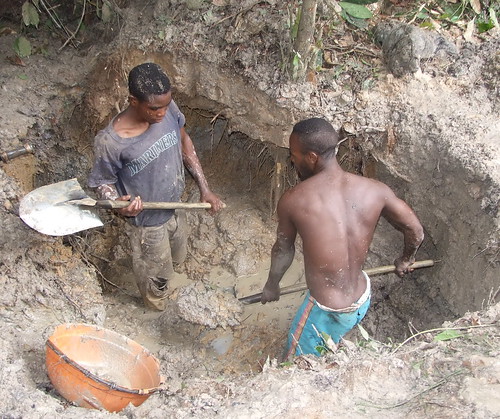After the rather morbid post for the 7th most at risk
element (Mercury) hopeful this week’s centre stage element will be a nicer
story to tell! So let us explore our number 6 ranking metal, Strontium.
RANKING:
6
ELEMENT
NAME AND SYMBOL:
Strontium
(Sr)
RELATIVE
SUPPLY RISK INDEX:
8.6
WHY?:
Strontium is not found
isolated in the crust, instead it has to be processed from the minerals
celestine (SRSO4) and strontianite (SrCO3). Despite this is the 15th
most abundant element on Earth, so why the high at risk status?
It is not currently recycled, so we are constantly depleting our
supply at the
moment. And once again, as is becoming quite a pattern, China is
both the
leading producer and reserve holder, making the element vulnerable
to
high export taxes when being sold to the rest of the world.
LEADING
PRODUCER:
China
TOP RESERVE HOLDER:
China
WHY
THE DEMAND?:
Strontium
came into the limelight firstly in it’s role of producing sugar from sugar
beet, but now has many other uses too. I shall talk you through a couple of
these now:
In
week three we saw barium and it’s use in fireworks; well strontium also has a
hand in your bonfire night festivities, because it is what gives fireworks
their red colour! Strontium alloy is used in the metal of choice for BMW, who
use it in their car and motorcycle engines. And finally, a more scientific use;
strontium isotope tracing is used in groundwater movement.




